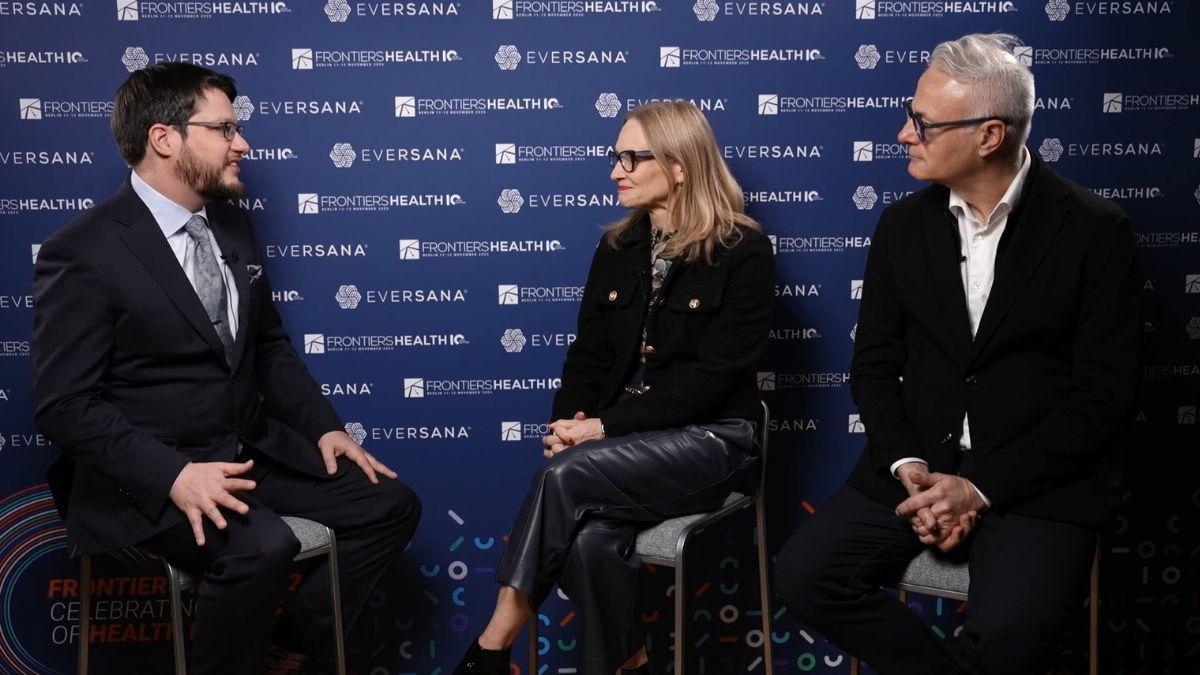Defining innovation: The battle for clarity, access, and stakeholder consensus

The pharmaceutical industry often claims its medicines as highly innovative and expects to be compensated accordingly.
However, the same sentiment is not always shared by all the stakeholders, such as the healthcare systems, patients, and the public, which ultimately may lead to reduced access to treatments. Greater clarity regarding the definition of true innovation in the industry would reduce ambiguity surrounding the types of new medicines that ought to be prioritised, incentivised through public measures, and appropriately rewarded.
The definition of innovation – a divergent approach
However, ongoing debates in the literature on what constitutes innovation and how to measure it persist. Some studies measure innovation based on criteria that assume that a pharmaceutical product has intrinsic value (like common goods), such as the mechanism of action, new active substance, or delivery system.1 In contrast, others measure the value of medicine based on its clinical outcomes, such as benefits to patients, caregivers, healthcare systems, and society as a whole.2 This has led to a continuum of definitions, making it challenging to achieve consensus on what constitutes innovation.
Such divergent approaches to defining innovation are not only an academic debate, but can also be observed across regulators and HTA (health technology assessment) bodies.3
For instance, the EMA (European Medicines Agency) defines innovative medicine as a “medicine that contains an active substance or combination of active substances that has not been authorised before”.4 This definition appears to prioritise the perceived intrinsic value of a pharmaceutical product, while implicitly recognising that the product also needs to provide more benefits than risks to patients by having received marketing authorisation.
In contrast, AIFA's (Agenzia italiana del farmaco) determination of innovation is based on three criteria: therapeutic need, added therapeutic value, and the robustness of the scientific evidence.5 Therefore, besides considering patient benefits, unmet need and data robustness are also explicitly evaluated, resulting in an increased focus on patient benefits, rather than the product’s intrinsic value.
The G-BA (Gemeinsamer Bundesausschuss) does not provide a precise definition of innovation, but instead, its benefit assessment centres on the enhancements that a medication offers to patients when compared to existing medications.6 Similarly, the NICE (National Institute for Health and Care Excellence) Technology Appraisal also prioritises patient benefits, but places additional emphasis on reducing healthcare expenses.7
These examples highlight how the evaluation criteria and definition of innovation is influenced by factors such as the healthcare system, legal environment, and cultural values.
Innovation as defined from the patient perspective
From the perspective of patients, any treatment or intervention that eases the burden of their disease is considered innovative. However, the pharmaceutical industry should not make assumptions about what patients consider beneficial. As an illustration, a recent study examining patient preferences for antipsychotics in treating schizophrenia revealed that 77% of patients favour long-acting injectables over pills. While significant, this finding may not be immediately apparent to manufacturers working on developing future generations of antipsychotic medications.8
The differences in how innovation is perceived and the level of recognition it receives are evident in the availability of medicines. ATMPs (advanced therapy medicinal products) play a crucial role in driving innovation in healthcare. However, there is often uncertainty about their value, which has resulted in divergent reimbursement decisions across the EU5 countries. One notable exception to this trend are CAR-Ts (chimeric antigen receptor T-cell therapies), which have been universally reimbursed across all countries.9
Another example is the situation bluebird bio faced, which could not come to a mutually agreeable pricing arrangement with European authorities for their gene therapy Zynteglo. As a result, they decided to withdraw from the European market and focus on the US market instead. In a press release, bluebird's president, Andrew Obenshain, remarked that the “European players have not kept pace with the evolving field of gene therapy, and have failed to appreciate the innovative nature of these products and the expected life-long benefits they offer.”10
Working towards a convergence on innovation’s definition
It is clear that the challenge for manufacturers is to develop medicines that are recognised as innovative by all agencies, and that stakeholders are awarded accordingly. To help tackle this issue, regulators and HTA bodies are increasingly collaborating and engaging in dialogue through various initiatives to streamline the pricing and reimbursement process, and possibly converge on what constitutes true innovation and how it should be measured.
Starting in 2025, the EU Joint Clinical Assessment’s (JCA) mandate will systematically evaluate the relative effectiveness and safety of new oncology drugs, ATMPs, and medical devices on behalf of member states. This initiative could “foster patient access to innovative and affordable medicines and support the competitiveness and innovative capacity of the EU’s pharmaceutical industry”.11
However, the long-standing HTA traditions of member states may prompt them to seek additional evidence and analyses beyond what is included in the JCA, leading to further complications in the pricing and reimbursement process. Furthermore, since innovation and value judgments remain the responsibility of member states, it remains unclear how they will use the JCA reports and whether they will achieve the desired outcomes of increasing patient access across Europe.
As an industry professional, I share the view that the JCA may not solve all the issues and could even create more problems than it solves, since the perception of innovation is still a matter of opinion by the member state. Nevertheless, amidst the rapidly shifting healthcare landscape, the JCA presents a compelling proposition that has the potential to open new opportunities for all stakeholders involved. Let us delve deeper into the potential of the JCA and discover how it can benefit us all.
References
- Todd J. Wills and Alan H. Lipkus. Structural Approach to Assessing the Innovativeness of New Drugs Finds Accelerating Rate of Innovation. ACS Med. Chem. Lett. 2020, 11, 11, 2114–2119
- Stiller, I., van Witteloostuijn, A. & Cambré, B. Do current radical innovation measures actually measure radical drug innovation?. Scientometrics 126, 1049–1078 (2021)
- Rejon-Parrilla, J.C., Espin, J. & Epstein, D. How innovation can be defined, evaluated and rewarded in health technology assessment. Health Econ Rev 12, 1 (2022).
- European Medicines Agency (EMA). Glossary: Innovative medicine. Accessed on 13th April 2023: https://www.ema.europa.eu/en/glossary/innovative-medicine
- Agenzia Italiana del Farmaco (AIFA). Accessed on 13th April 2023: https://www.aifa.gov.it/en/farmaci-innovativi
- Federal Joint Committee. G-BA. Accessed on 13th April 2023: https://www.g-ba.de/english/benefitassessment/
- National Institute for Health and Care Excellence (NICE). Guide to the methods of technology appraisal 2013
- Blackwood C, Sanga P, Nuamah I, Keenan A, Singh A, Mathews M, Gopal S. Patients' Preference for Long-Acting Injectable versus Oral Antipsychotics in Schizophrenia: Results from the Patient-Reported Medication Preference Questionnaire. Patient Prefer Adherence. 2020 Jul 2;14:1093-1102.
- Ronco, V., Dilecce, M., Lanati, E. et al. Price and reimbursement of advanced therapeutic medicinal products in Europe: are assessment and appraisal diverging from expert recommendations?. J of Pharm Policy and Pract 14, 30 (2021).
- Business Wire. bluebird bio Reports Second Quarter Financial Results and Provides Operational Update. Accessed on 13th April 2023: https://www.businesswire.com/news/home/20210809005334/en/bluebird-bio-Reports-Second-Quarter-Financial-Results-and-Provides-Operational-Update
- European Commission. Pharmaceutical Strategy for Europe. 2020. https://health.ec.europa.eu/system/files/2021-02/pharma-strategy_report_en_0.pdf













